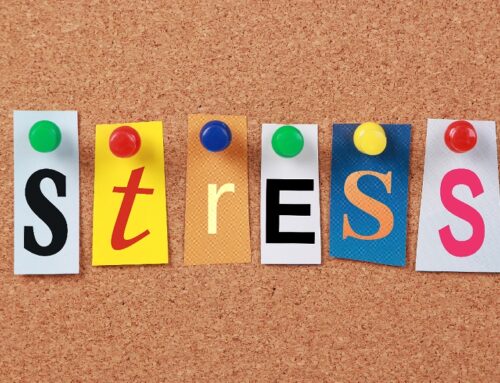Today, many of us are challenged with the same stressors as we manage the hectic pace of our lives. Here are six of the most common stressors along with a few quick tips to build your stress resilience:
You are frequently late.
Strategies:
- Identify the underlying issue at the core of your lateness. Are you feeling a lack of confidence as you work on a new project? Lack of confidence can mask as procrastination. Are you feeling guilty about having to confront a friend about something so you keep postponing lunch? Once you address the root cause of your tardiness, you’ll feel better.
- Schedule a huddle with your team (at work) and your family (at home) to visualize your day. What challenges are you expecting and how will you handle them?
You are often angry or frustrated.
Strategies:
- Set better boundaries. In this video, Brené Brown explains why boundaries are so tightly connected to compassion (for both yourself and others) and empathy. After watching it, I realized that my failure to set solid boundaries was the reason behind much of my anger and frustration with certain people and situations, and I really had nobody to blame but myself.
- Practice progressive muscle relaxation, which is the process of tensing, then relaxing, individual muscle groups.
You are unsure of your ability to do something.
Strategies:
- Close the confidence gap by identifying and using your strengths. Leveraging what you already do well will help you navigate new territory. Click here to take a free strengths assessment.
- Increase your self-efficacy. Self-efficacy is the belief that you can produce results in your life and accomplish your goals. Research shows that one of the best ways to build your self-efficacy is to leverage small victories, so start by writing down your “wins.” Reflecting on past successes will help you enhance the belief that you can conquer this new challenge.
- Challenge your inner critic. Doing something new or for the first time is prime territory for your brain to start catastrophizing (that downward spiral style of thinking that causes you to stop taking purposeful action toward your goals). You are also more prone to thinking traps – overly rigid patterns of thinking that cause you to miss important information about the situation. Examples of thinking traps are mind reading and jumping to conclusions.
You feel lonely.
Strategies:
- Notice how your inner critic influences your feelings of loneliness. Ask yourself this question to help you reframe your thinking: “What would I tell a friend, family member, or child if they were experiencing the same issue?”
- Identify groups that connect with your values and strengths and reach out to ask about volunteer opportunities.
- Get curious about other people. Rather than focusing on your feelings of loneliness, reach out to a friend, neighbor or co-worker and invite them to lunch. Showing an interest in another person is a great way to start developing a friendship.
You are burned out.
Strategies:
- Take an energy audit. In order to reverse or prevent burnout, it’s important to understand how you’re spending your energy both at work and outside of work. Contact me for a free worksheet to get started.
- Ask yourself whether you’re over-experiencing too many high-intensity positive emotions. Positive emotions have been shown to build your stress resilience, but you can have too much of a good thing. Feeling consistently amped up or pumped can be hard on your body by consistently activating your body’s stress response.
- Get really clear on what you value and ask yourself whether there is a big disconnect between your values (family time, for example) and what is valued where you work (you are expected to answer emails even at 3am). Large values disconnects can be big drivers of burnout at work.
You are overextended.
Strategies:
- Having a busy life is great, but busyness needs to be intentional and purposeful in order to be productive. What are your short-term and long-term goals, and will saying yes to chairing that new committee get you closer to accomplishing those goals?
- Understand that “no” is a complete sentence. Women in particular often feel the need to give five explanations for why they can’t do something, and the problem is that others often expect the explanation. Saying “no” and leaving it is really all you need to say in many situations.
- Get out of the weeds by establishing systems. Good systems are crucial to success in the workplace, and the idea is transferable to non-work. Good systems are fluid, measurable, and can and should be changed as your methods are established or as missing pieces are learned.
- Identify areas where perfectionism is holding you back. If your motto is, “If I want this done right I have to do it myself,” then perfectionism may be preventing you from delegating to others. If you need some help identifying your perfectionistic tendencies, contact me for a free worksheet.
OVERALL STRATEGY: My favorite strategy that applies to all of these categories is to change your passwords. Where are you struggling with stress the most? Create a goal to help and convert that into a password. For example, if you’re overextended, make your password “say…no…more.” If you’re lonely, change your password to “connect more.” This strategy is a form of priming (getting your brain to go in the direction of your goals), and I’ve heard so many success stories from folks who have implemented it.
Building your stress resilience doesn’t have to involve complicated or time-consuming strategies. If you see one of your top stressors on this list, then try adding one or two of the stress resilience strategies this week and celebrate even the smallest of successes!
For more science-based strategies to build your stress resilience, go to our On-Demand Resource Center or check out our training programs here.






